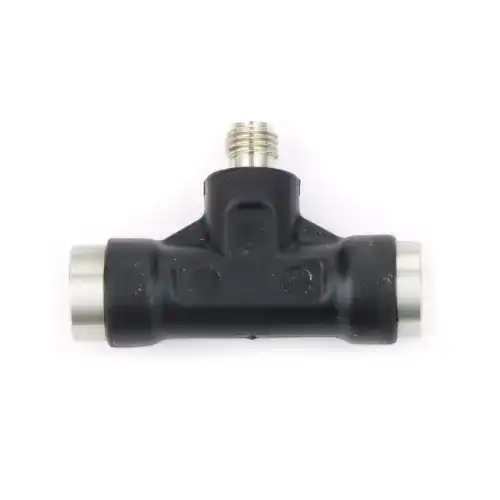Italcoppie Sensori
WE SENSE TEMPERATURE
Italcoppie are your problem solvers for temperature measurement tasks. Italcoppie is renowned for delivering technically and economically optimized solutions of consistently high quality.
Their wide portfolio of temperature sensors covers countless applications. Additionally, their experienced engineering department develops customized products designed specifically for your application.
And they didn’t just start doing this yesterday: as a temperature sensor manufacturer with 250+ employees, they have been dedicated to the development and production of temperature probes since 1978.

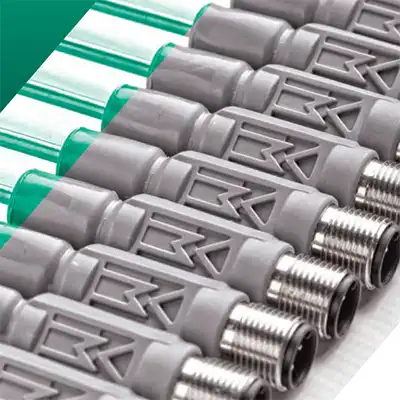
Pt100 Probes
Pt100 is a very popular and precise resistance thermometer. Pt is for Platinum, which the resistor is made of. 100 is for its resistance of 100 Ohms at 0 °C. As with all resistance temperature detectors (RTD), the sensing elements changes its electrical resistance with changing temperature.
- Pt100 probes are linear and accurate in a wide temperature range.
- The temperature range of Pt100 temperature sensors extends from -50 to +500 °C.
- Outside of this range, we recommend the use of a thermocouple.
- The optimum diameter of Pt100 probes is 3 mm, but we can reduce it to 1.5 mm.
- For smaller diameters, again, we recommend to use a thermocouple.
- As opposed to thermocouples, you don’t need compensated leads with a Platinum RTD.
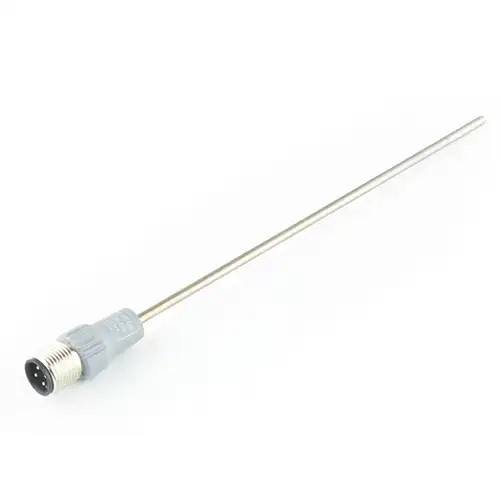
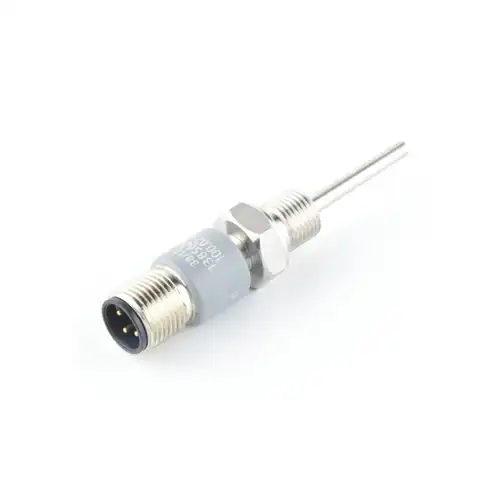
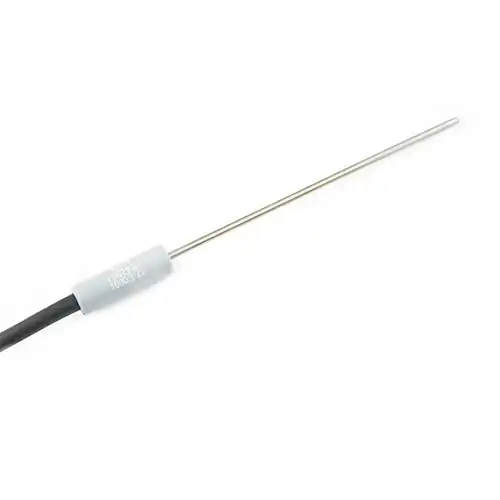
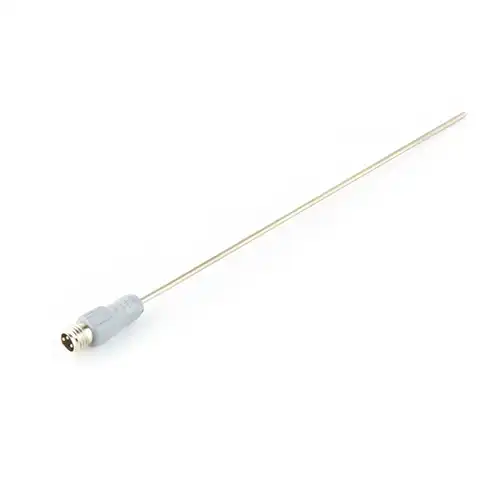
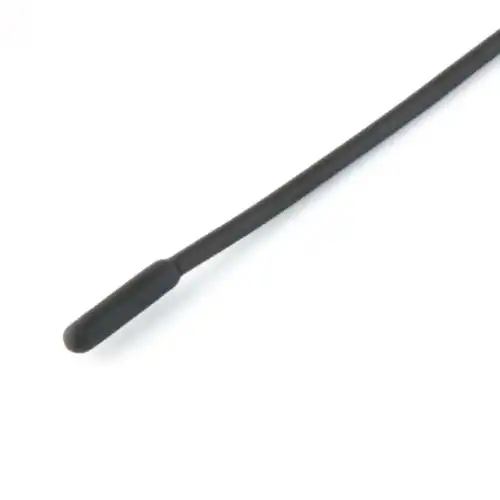
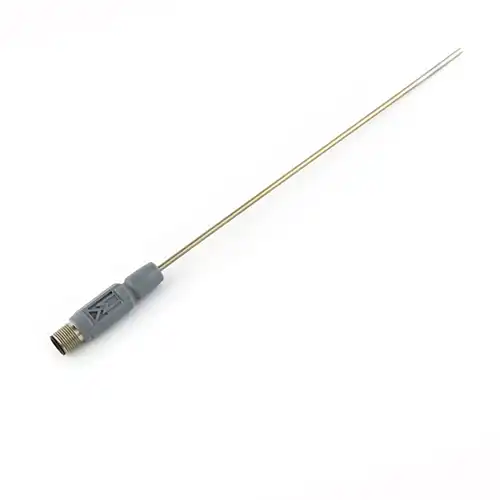
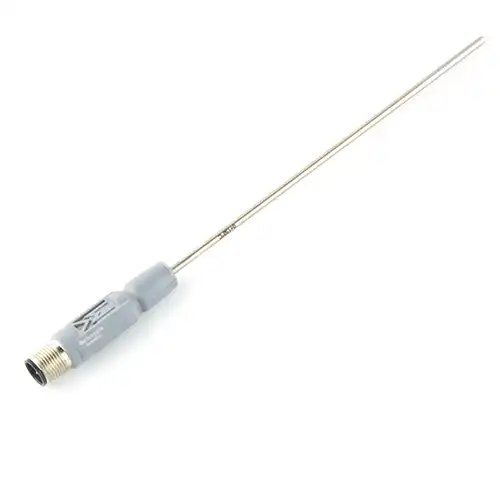
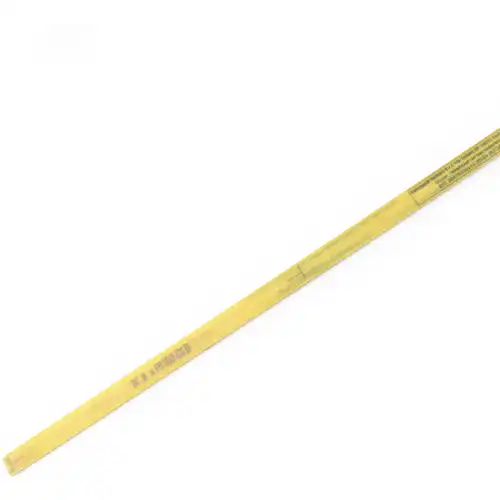
Pt1000 Probes
The Pt1000 is closely related to the Pt100, the most popular resistance thermometer. Pt is for Platinum, which the resistor is made of. 1000 is for its resistance of 1000 Ohms at 0 °C. As with all resistance temperature detectors (RTD), the sensing element changes its electrical resistance with changing temperature.
- The Pt1000 has the same linearity as the Pt100, but it has 10x the signal strength.
- It is accurate in a wide temperature range.
- These characteristics make a Pt1000 a good choice when the range of an NTC is too small and the signal of a Pt100 is too weak.
- The temperature range of Pt1000 temperature sensors extends from -50 to +500 °C.
- Outside of this range, we recommend the use of a thermocouple.
- The minimum diameter of Pt1000 probes is typically 3 mm.
- If you require a smaller diameter, we recommend to use a Pt100 or a thermocouple.

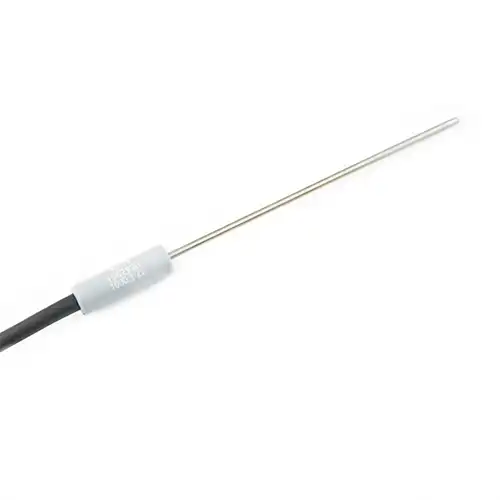
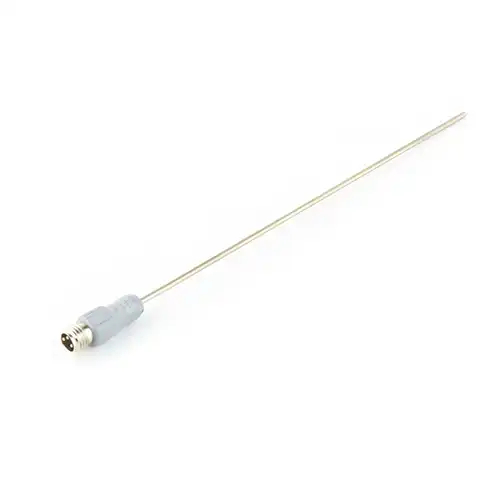
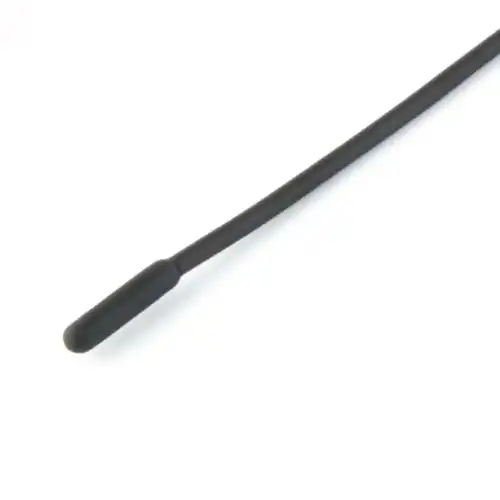

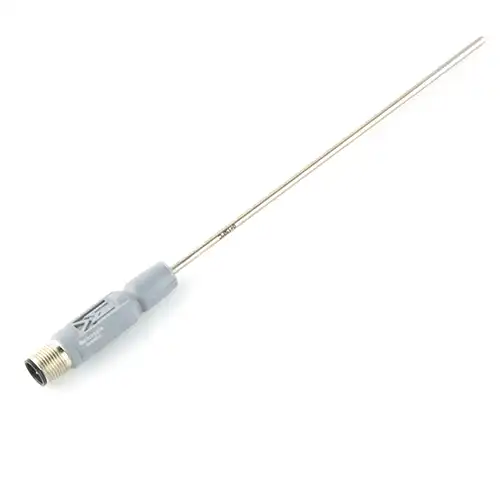
K-Type Thermocouple
A thermocouple puts out a voltage signal related to the temperature difference between to points. It has no dedicated sensing element but instead consists of two joint wires made from different metals. In case of the type K thermocouple, one wire is made of chromel and the other wire is made of alumel.
- Thermocouples are the simplest sensors in the world – what is easier than just putting two wires together?
- A thermocouple is physically very robust and can measure in an extremely wide temperature range (up to 1,150 °C for type K). It can also be built in miniature diameters as small as 0.25 mm.
- As opposed to RTD like Pt100 and Pt1000, wire length and wire diameter do not cause measurement errors with thermocouples.
Generally speaking, a thermocouple’s signal is much weaker than that of an RTD. This makes it more sensitive to electrical interference. Also, if you require a high resolution, it may not be the best choice. An important advantage of the type K over the type J thermocouple is that its leads are resistant to oxidation.
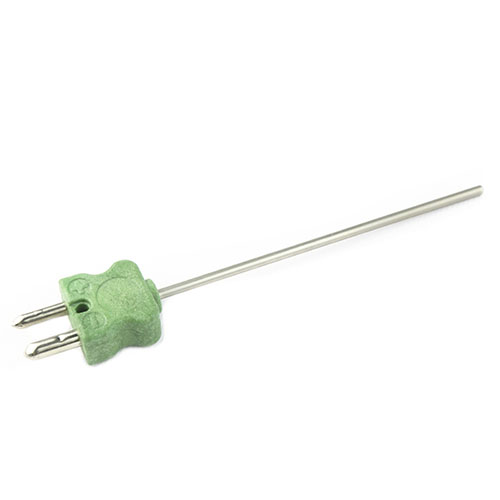
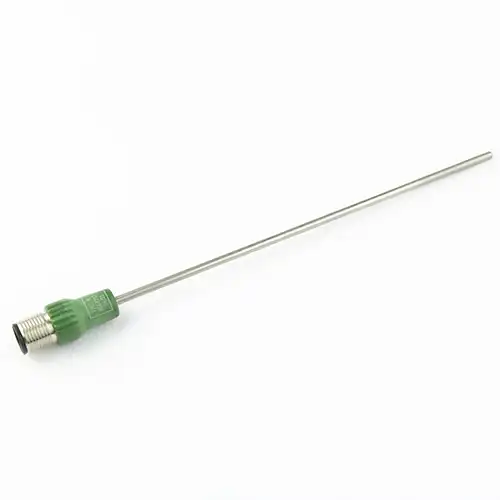
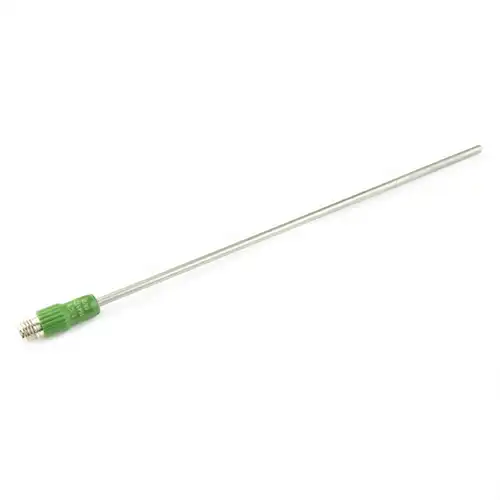
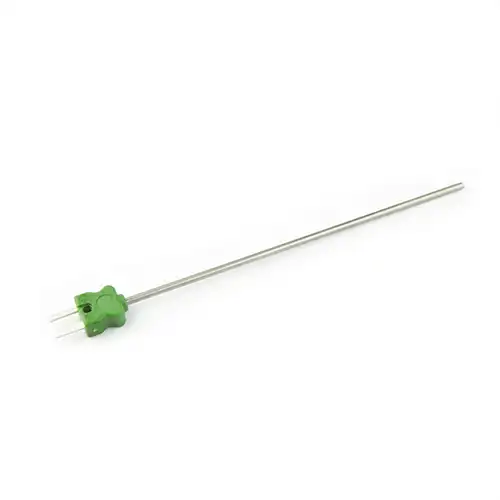

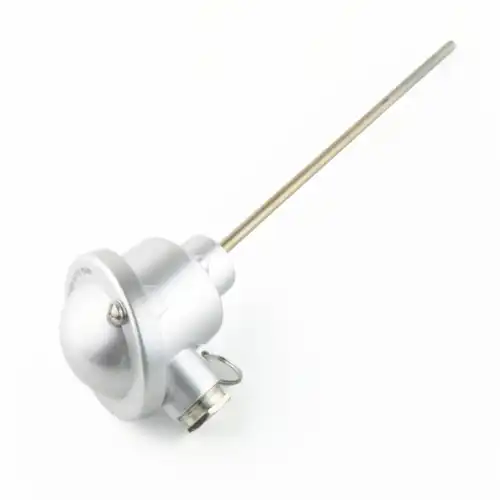
J-Type Thermocouple
A thermocouple puts out a voltage signal related to the temperature difference between to points. It has no dedicated sensing element but instead consists of two joint wires made from different metals. In case of the type J thermocouple, one wire is made of iron and the other wire is made of constantan.
- A thermocouple is physically very robust and can measure in a wide temperature range.
- It can also be built in miniature diameters as small as 0.25 mm.
- As opposed to RTD like Pt100 and Pt1000, wire length and wire diameter do not cause measurement errors with thermocouples.
Generally speaking, a thermocouple’s signal is much weaker than that of an RTD. This makes it more sensitive to electrical interference. Also, if you require a high resolution, it may not be the best choice. A specific delicacy of the J Type thermocouple is that its leads are prone to oxidation.

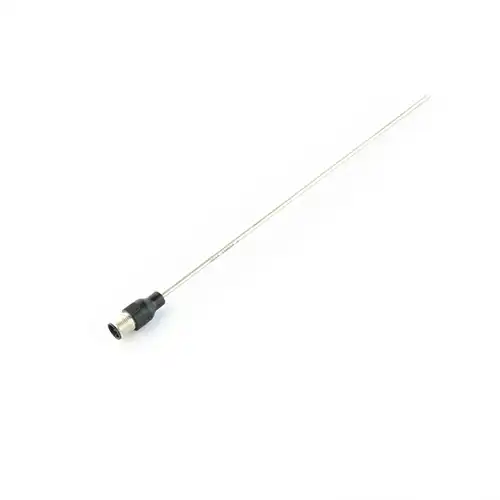
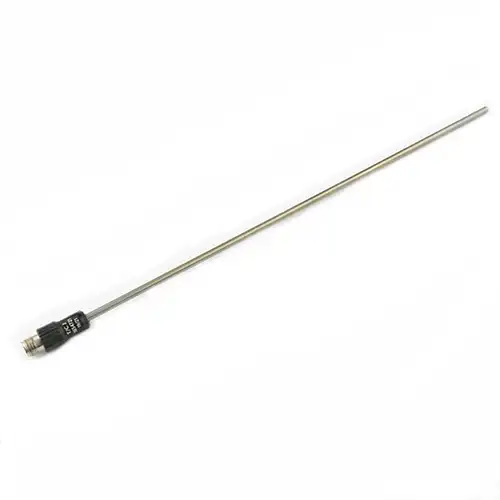
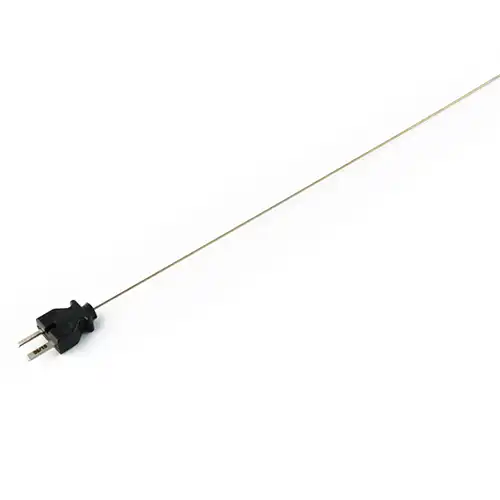

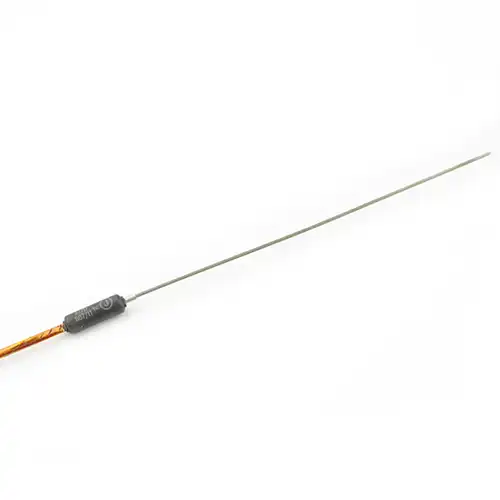
NTC Probes
An NTC is a semiconductor-based temperature sensor from the family of thermistors. NTC stands for “negative temperature coefficient”. The electrical resistance decreases exponentially with increasing temperature. This makes one of the most important differences compared to a linear probe like a Pt1000.
- Within a small temperature range – somewhere between -50 to 150 °C depending on the exact model – NTC have a high resolution and thus relatively high accuracy.
- They are also cheap and due to their high resistance values, you can use them with cables of any length as the cable resistance does not affect the measurement significantly.
- NTC are not standardized, so finding the right model may be a challenge which we are happy to help you with.
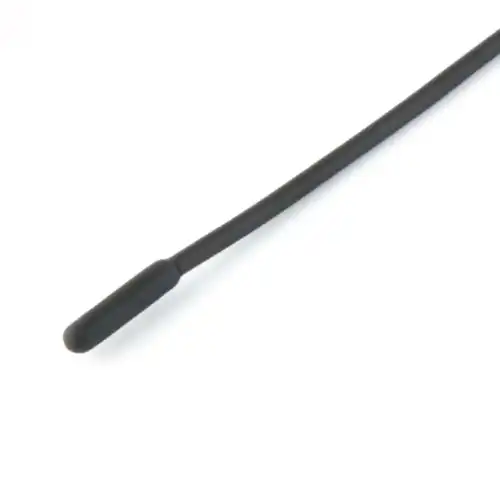
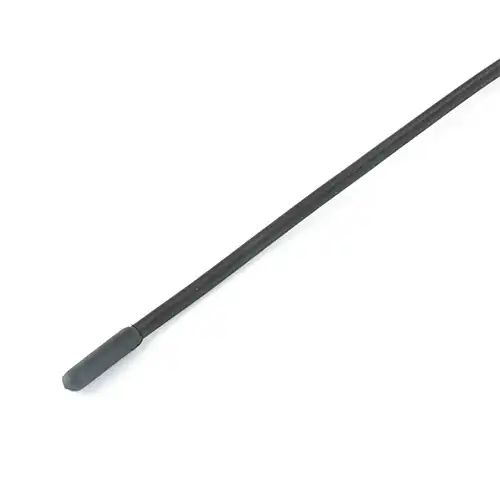
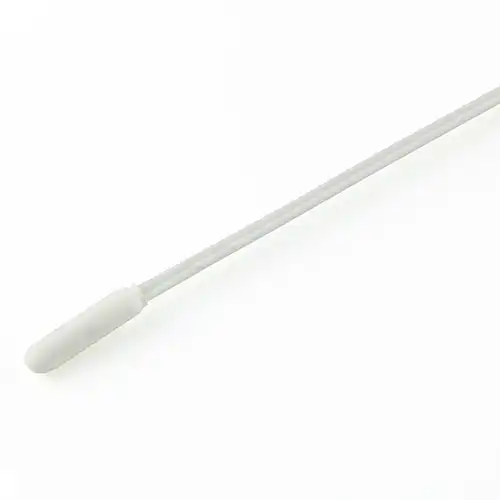
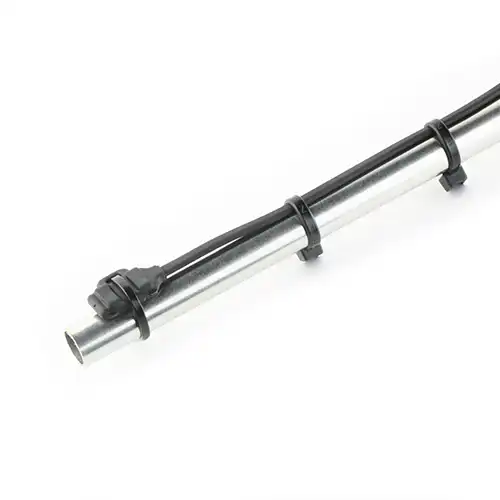

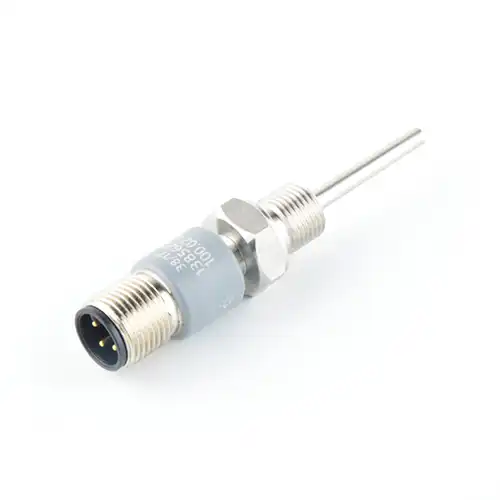
Temperature Transmitters
A temperature transmitter is a device that amplifies and standardizes the output signal of a temperature sensor. It is typically mounted directly on top of the probe – traditionally in the connection head. We have revolutionized the world of temperature transmitters with the our EVO series: these transmitters are as small as a thumb and come either as a standalone device or directly integrated with a temperature probe. They put out either a 4…20mA or a 0…10V signal.
Compact Temperature Transmitters
The compactness of our transmitters allows installation in even the smallest spaces. The connection is simple with the integrated M12 connectors. For our probes with integrated transmitters, we mould the transmitter itself directly onto a mineral insulated probe. As an added bonus, this combination allows to compensate the probe errors and thus improves accuracy.
For the highest level of accuracy and connectivity, check out our digital MODBUS temperature sensors and converters.
4-20mA Output Signal
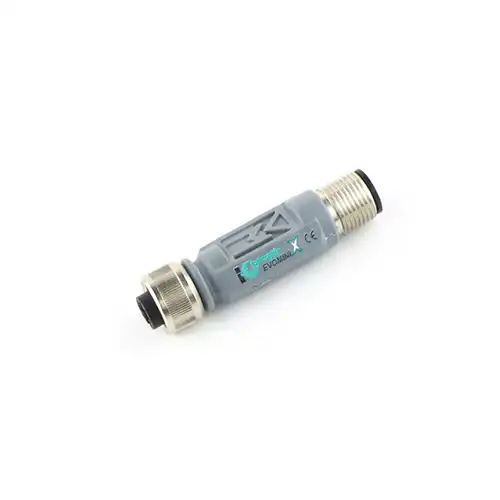
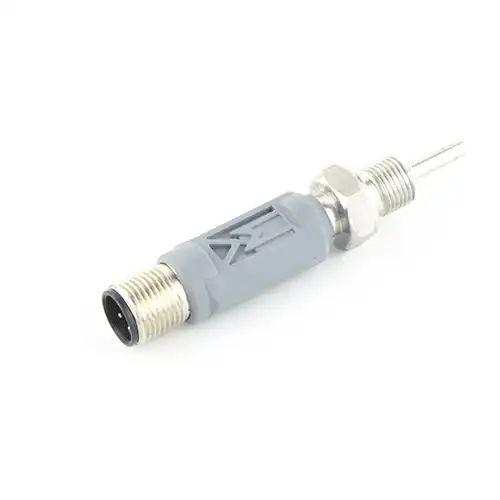
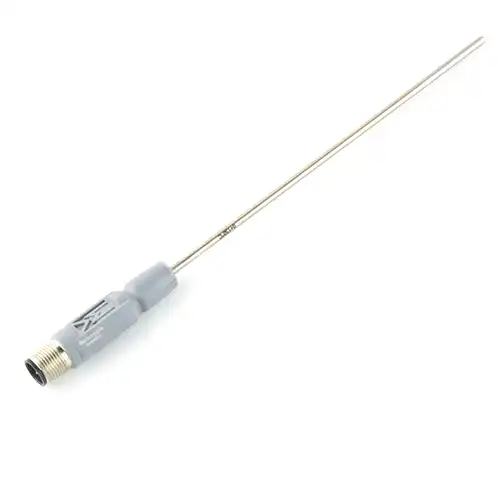
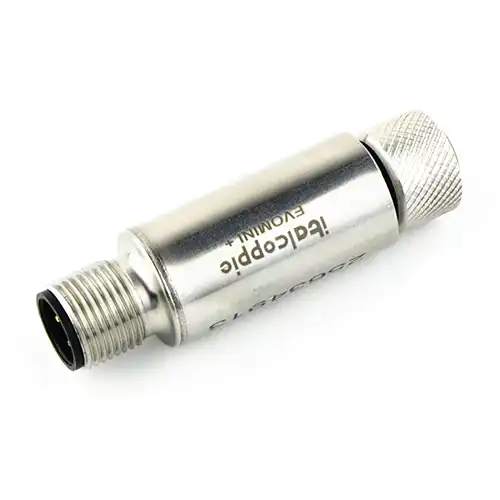
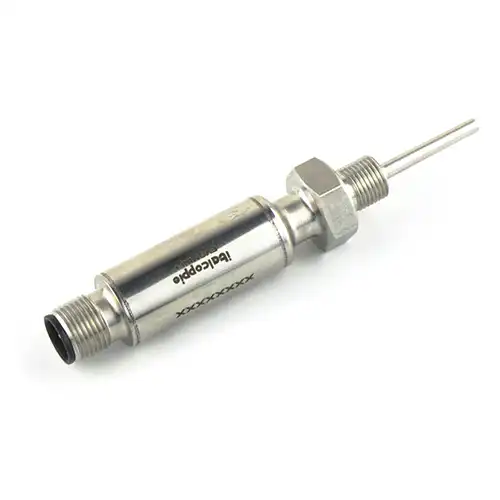
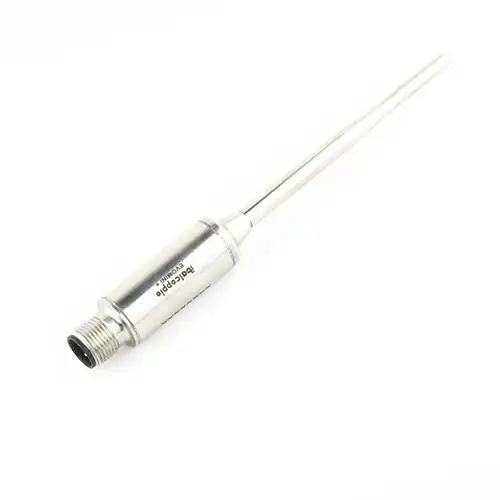
0-10V Output Signal
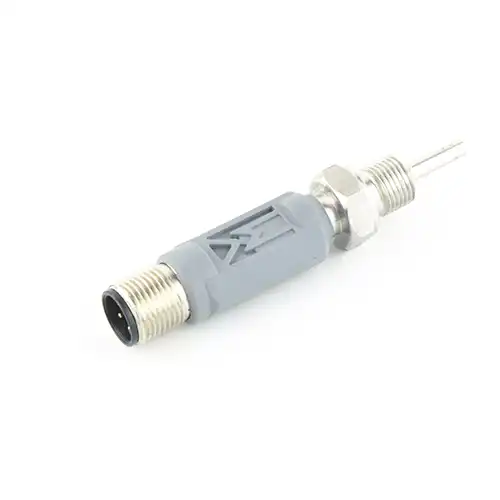
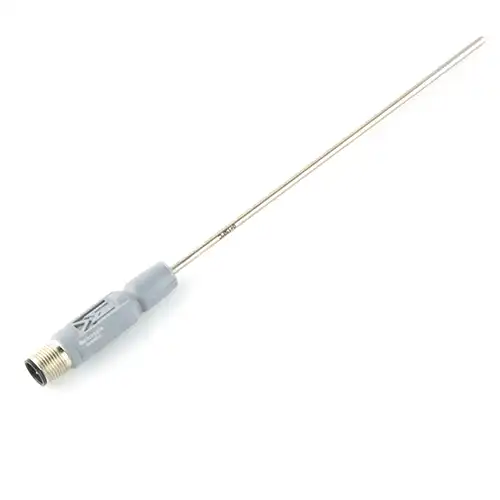
Modbus Temperature Sensors
A MODBUS temperature sensor is a temperature sensor paired with a digital transmitter. It can communicate with a master unit by the digital MODBUS protocol.
Why Should You Use MODBUS?
With our MODBUS RTU sensors and transmitter modules, you can connect several devices in a line, occupying only one input of your PLC. In addition, you save the expensive analog input cards for your PLC, since most of them already have a serial RS485 interface. Moreover, you can access multiple measured values per device. This not only enables the use of a combined RS485 temperature humidity sensor; but also the access of valuable service data that can be useful for predictive maintenance.
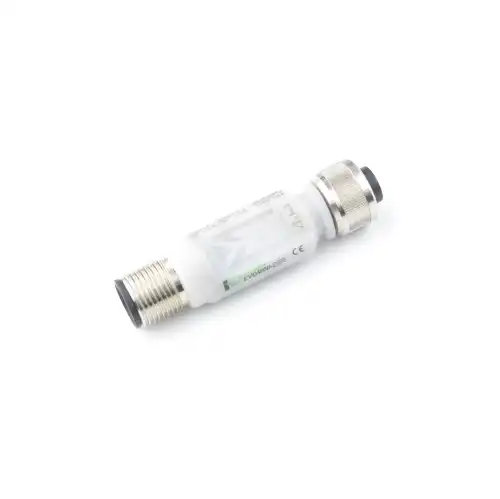

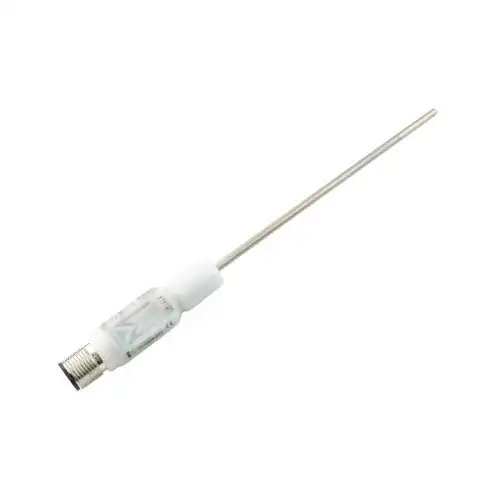
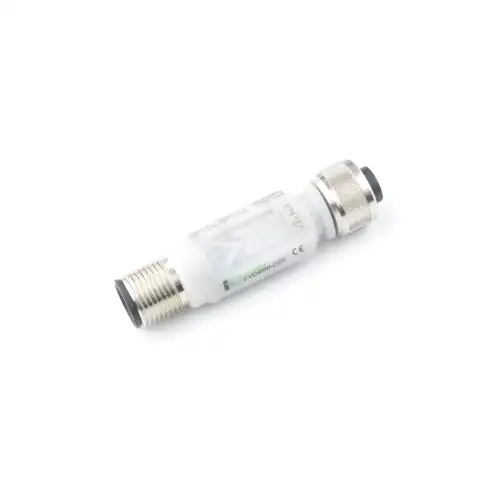
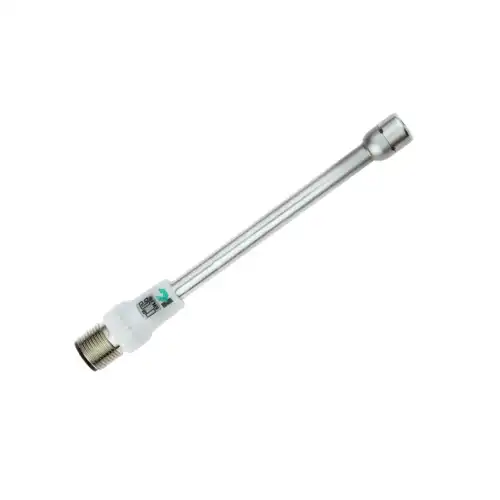
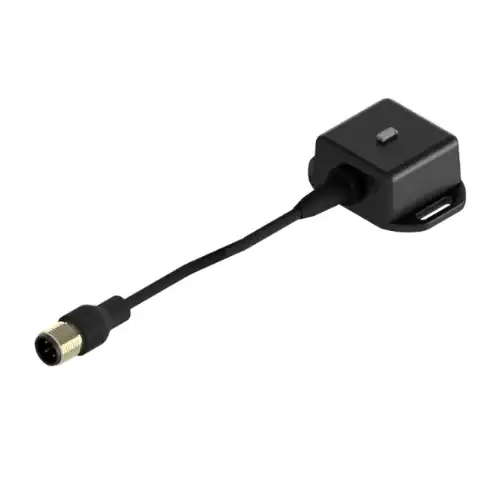
Temperature Probes for Food
When working with food in catering and industry, temperature probes must meet the highest hygienic requirements. Italcoppie manufacture all their cooking probes and refrigeration probes in accordance with the EC Directive 1935/2004 for food contact materials.
Penetration Probe, Needle Probe
For both cooking and blast chilling, the exact determination of the internal temperature is crucial. Therefore, they equip their penetration probes with accurate resistance sensors such as Pt100 and Pt1000. Depending on your desired temperature range, different materials are used on the handle and cable of the probe, all of which are suitable for food contact.
Extreme Heat or Extreme Cold
For refrigeration applications as well as temperature measurement in ovens or deep fryers, Italcoppie recommend their extremely robust mineral insulated resistance thermometers. Of course, these are also suitable for food contact.
Penetration Probes, Needle Probes
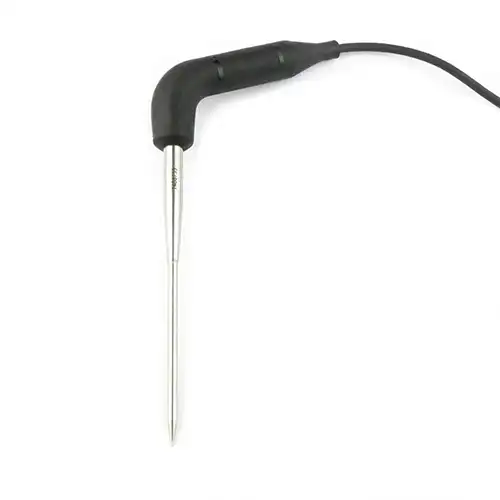

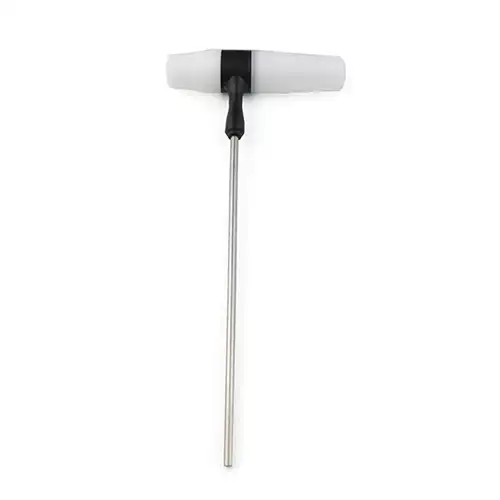
Temperature Sensors for Ovens, Deep Fryers, Refrigeration
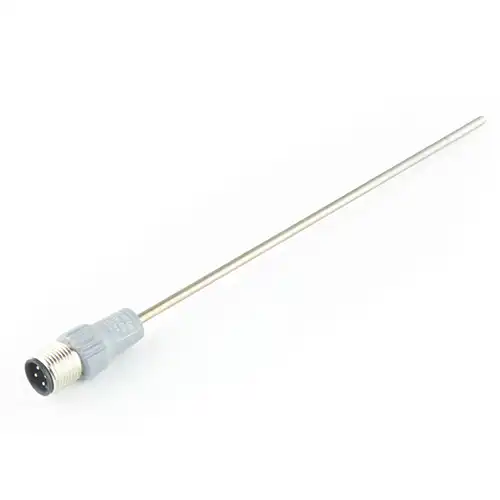
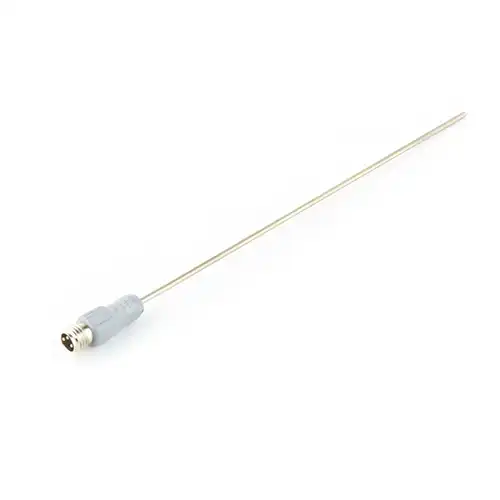
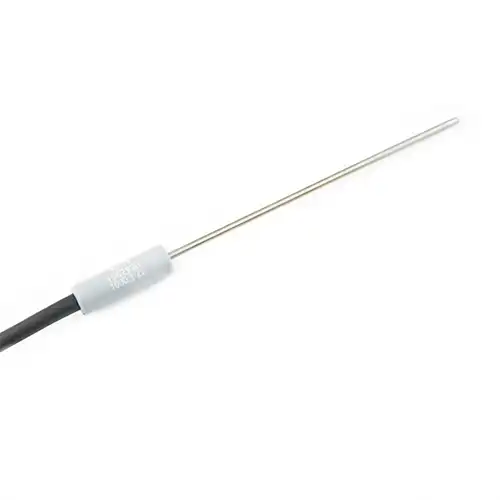
Inline Temperature Probe
